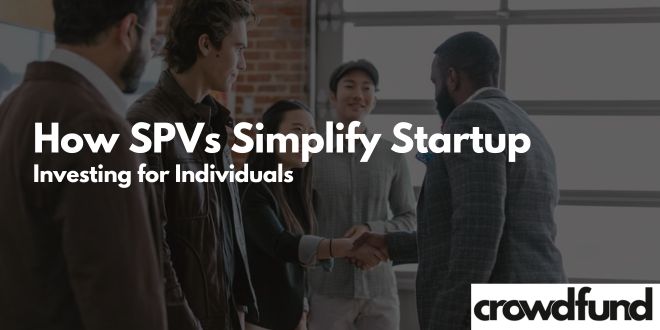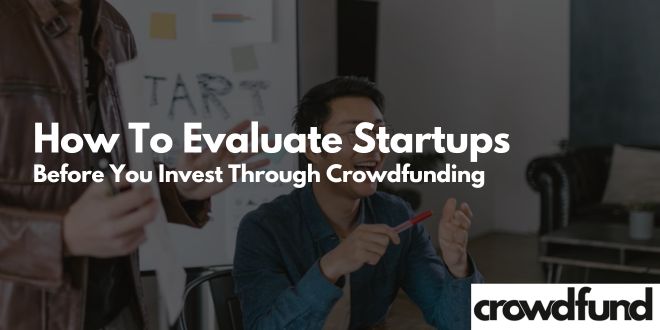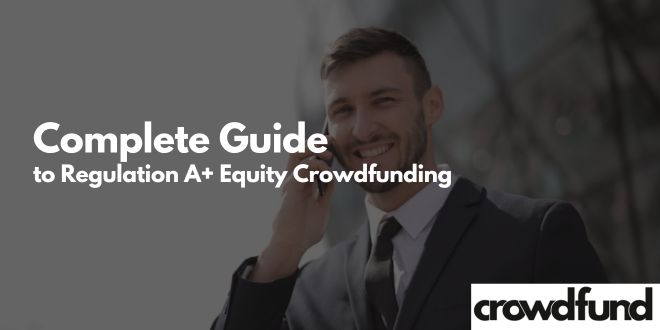If you follow startup news even casually, you’ve probably bumped into Equity Crowdfunding. It shows up in breathless success stories (“a craft-beer brand raises $3 million in 48 hours!”), think-pieces about the democratization of finance, and, yes, the occasional regulatory headline. But beneath the buzzwords sits a quietly radical shift in how fledgling companies raise money—and how everyday people back the next generation of innovators.
Below, we’ll look at six concrete ways equity crowdfunding is turning early-stage investing on its head. Whether you’re a founder looking for seed capital or a would-be backer hoping to spot tomorrow’s breakout brand, understanding these trends can help you navigate (and maybe benefit from) this new landscape.
Opening the Gates: From “Accredited Only” to “Almost Anyone”
For decades, private startup investing was a velvet-rope club. Unless you had a fat bank account—or a friendly VC partner—you simply couldn’t get in. The 2012 JOBS Act cracked that door open, and Regulation Crowdfunding (Reg CF) blew it wide in 2016 by allowing companies to raise up to $5 million per year from both accredited and non-accredited investors through SEC-registered platforms.
The psychological shift is as big as the legal one. Suddenly, cousins, colleagues, and devoted customers can put in $100 or $1,000 right alongside angel investors. Entrepreneurs not only gain access to fresh capital, they tap into a pool of brand evangelists who have literal skin in the game. And small investors, once relegated to public-market leftovers, can capture a slice of an earlier, riskier, potentially more lucrative stage of growth.
From Pitch Deck to Public Arena: Real-Time Market Validation
Traditional seed raises often happen behind closed conference-room doors. You show a polished pitch deck to ten people in suits, field a barrage of questions, and hope one or two write checks. Equity crowdfunding flips that process on its head; traction becomes public, immediate, and highly visible.
Campaign pages on Wefunder, SeedInvest, Republic, or StartEngine display real-time commitments, social-media chatter, and customer testimonials. If your concept resonates, momentum snowballs. If it doesn’t, you discover that before burning months chasing a Series A. Many founders call it “fundraising and focus group in one.” The crowd’s response provides priceless validation—telling a startup not just whether people will invest, but whether they actually believe in the product.
Turning Customers into Champions (and an Unpaid Marketing Army)
Ask any marketer: acquiring a new customer is expensive, keeping an existing one is cheaper, and turning a customer into a brand ambassador is priceless. Equity crowdfunding supercharges that final step. When someone owns even a few shares, they become emotionally (and financially) invested in a company’s trajectory.
Watch how a startup brewery that crowdfunds its expansion sees backers posting tasting-room selfies, hosting watch parties for product launches, and battling naysayers on Reddit. That halo effect lowers customer-acquisition cost, heightens loyalty, and feeds a virtuous circle: more buzz drives more sales, which boosts valuation, which validates the investment, which fuels more buzz. VCs talk a lot about “network effects.” Equity crowdfunding bakes a network effect into your cap table from day one.
Rewriting the Founder–Investor Playbook
Traditional venture capital brings not just cash but connections, expertise, and pressure—lots of pressure—to hit growth targets and exit timelines. That can be rocket fuel or a straitjacket, depending on a startup’s industry and ethos. Equity crowdfunding doesn’t abolish VC (many companies still court institutional money later), but it does let founders negotiate from a position of strength.
Raise half a million from two thousand backers and you suddenly don’t need to accept a punitive term sheet to keep the lights on. Some founders use crowd capital to build a little runway, hit proof-of-concept milestones, then circle back to VCs with better numbers and more leverage. Others decide “crowd only” is the plan—intentionally avoiding preferences, board seats, and the treadmill toward a quick exit. The mere existence of that option shifts the power dynamic in favor of entrepreneurs.
Forcing Regulators and Platforms to Grow Up—Fast
When money moves, regulators notice. The SEC updates its rules almost yearly, tightening escrow requirements one minute and lifting investment caps the next. Portals, too, are evolving: early Wild-West days of loosely vetted pitches gave way to mandatory background checks, financial audits, and improved investor-education tools.
For investors, that means a safer (though still risky) playing field; for founders, it means preparing your house in order—audited financials, robust disclosure, shareholder communications—years before you’d face those hurdles in a traditional VC raise. Some call it a hassle; others say the discipline pays dividends later. Either way, compliance is no longer a back-burner item for seed-stage teams.
Blurring the Line Between Public and Private Markets
Remember when a company went public because it needed growth capital? Today, mega-unicorns hit IPO at $50 billion valuations, leaving little room for upside in public markets. Equity crowdfunding nudges the pendulum back: investors get earlier access, while startups stay private longer without starving for funds.
In effect, we’re seeing a new hybrid model: companies raise multiple crowd rounds, sprinkle in a strategic angel or institutional check, maybe tokenize a sliver of equity, and keep iterating. The once-binary path—bootstrap or VC, then IPO or bust—looks increasingly like a choose-your-own-adventure novel.
Putting It All Together
Equity crowdfunding isn’t a cure-all. Campaign fees can top 8 percent. Herd mentality can drive speculative bubbles. And liquidity remains a question mark—secondary trading exists, but it’s tiny compared to public markets. Still, the shifts outlined above are undeniable.
- Capital access has widened.
- Market feedback arrives sooner.
- Customers morph into evangelists.
- Founders regain bargaining power.
- Compliance benchmarks rise.
- Private investing inches toward the mainstream.
Whether those changes excite or unnerve you probably depends on your risk tolerance—and your appetite for democratized finance. But one thing is clear: early-stage investing will never look quite the same. Thinking of diving in? If you’re a founder, start drafting that Form C, polish your story, and nurture your community before launch day. If you’re an investor, read the fine print, diversify, and remember: past performance is no guarantee of future returns. Either way, the crowd is waiting.






.png)